In the intricate tapestry of Ethiopian developments, a significant event unfolds as the Oromo Liberation Army (OLA) strategically imposes a roadblock in southern Ethiopia. This tactical maneuver, disrupting vital transportation routes, hints at the OLA’s concerted efforts to regain control in a region where it lost several strongholds in the past year.
Strategic Significance of the Road Block
The roadblock, strategically positioned to impede traffic flow, holds implications beyond a mere obstacle. It serves as a symbol of the OLA’s resurgence in southern Ethiopia. The main road linking Oromia with Hawassa, a crucial regional artery, has been rendered impassable. Reports from the affected areas suggest that the OLA has gained control over several locales, particularly around Gelana in West Guji.
Local Confirmations of Ongoing Clashes
Locals in the region confirm that the road closure follows intense fighting. The absence of Ethiopian Defense Force presence in the area further corroborates the notion that clashes have resulted in the OLA’s assertion of control. The suspension of all traffic along the closed road has left drivers, residents, and truckers stranded, adding to the gravity of the situation.
Resurgence Strategy of Oromo Liberation Army
The OLA’s actions indicate a strategic initiative to reclaim lost ground in southern Ethiopia. Having lost several strongholds in the preceding year, the recent roadblock suggests a calculated effort to reestablish dominance. The region around Gelana, now under the OLA’s control, signifies a potentially pivotal area for the Oromo Liberation Army’s operations.
Challenges in Responding to the Road Block
The absence of Ethiopian Defense Force presence raises questions about the immediate response to the OLA’s strategic move. Moreover, the road closure and reports of ongoing fighting underscores the challenges the government faces in maintaining control and order in the region. The situation leaves residents and drivers at the mercy of the evolving dynamics between the OLA and government forces.
Regional Implications and Geopolitical Dynamics
The OLA’s resurgence in southern Ethiopia adds another layer to the complex geopolitical dynamics in the country. As the Oromo Liberation Army seeks to strengthen its position, the response from both regional and federal authorities will likely shape the future trajectory of the conflict. The potential consequences of this roadblock extend beyond immediate disruptions, impacting the broader regional stability.
Final Words
The OLA’s roadblock in southern Ethiopia marks a significant chapter in the ongoing struggles within the country. The strategic implications and the absence of a swift government response leave the region in flux. As events continue to unfold, the OLA’s maneuvers and the government’s reactions will undoubtedly shape the narrative of Ethiopia’s complex sociopolitical landscape in the days to come.
Other Stories


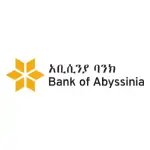



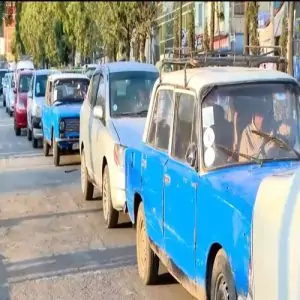

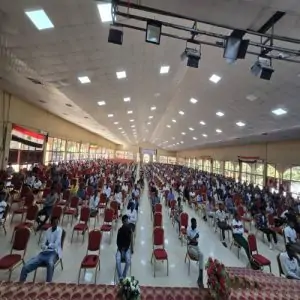

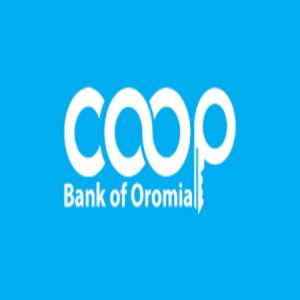
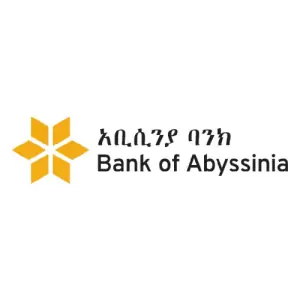

**Page 1: Introduction – A Legacy of Failure**
The Oromo Liberation Front (OLF) and its armed wing, the Oromo Liberation Army (OLA), emerged in the 1970s in response to the marginalization and oppression of the Oromo people in Ethiopia. Initially, the movement stood for ideals of inclusivity, progress, and freedom, advocating for self-determination and equality for the Oromo people. However, internal strife and factionalism have plagued the OLF-OLA throughout its history, weakening its effectiveness and undermining its goals.
**Page 2: Origins and Ideals – A Dream Deferred**
Initially, the OLF-OLA stood for ideals of inclusivity, progress, and freedom, advocating for self-determination and equality for the Oromo people. However, internal strife and factionalism have plagued the OLF-OLA throughout its history, weakening its effectiveness and undermining its goals.
**Page 3: Internal Strife and Factionalism**
Internal strife and factionalism have plagued the OLF-OLA throughout its history, weakening its effectiveness and undermining its goals. The failure to maintain internal cohesion has allowed extremist elements, including Islamist factions, to gain influence within the OLF-OLA.
**Page 4: Rise of Extremist Elements**
The failure to maintain internal cohesion has allowed extremist elements, including Islamist factions, to gain influence within the OLF-OLA. This descent into extremism marks a significant departure from the movement’s original goals of liberation and equality.
**Page 5: Impact on Nation-building Efforts**
The leadership failure within the OLF-OLA has hindered nation-building efforts within the Oromo community, deepening divisions and exacerbating tensions. The transition from a movement marked by internal strife and extremism to one characterized by peace and inclusivity poses significant challenges for the OLF-OLA leadership.
**Page 6: International Perception**
The OLF-OLA’s failure to maintain internal cohesion and address the rise of extremist elements has had far-reaching repercussions for the Oromo people and Ethiopia as a whole. Reconciliation within the OLF-OLA and the broader Oromo community is essential for overcoming divisions and moving towards a peaceful and prosperous future.
**Page 7: Humanitarian Consequences**
The internal fighting within the OLF-OLA has had dire humanitarian consequences, leading to the loss of innocent lives and exacerbating suffering among the Oromo people. Attempts at peace talks have faltered due to the OLF-OLA leadership’s lack of genuine commitment to peace and democracy.
**Page 8: Failure of Peace Talks**
Attempts at peace talks have faltered due to the OLF-OLA leadership’s lack of genuine commitment to peace and democracy. The failure of the OLF-OLA leadership to articulate a clear vision for the future has led to political fallout within the Oromo community and beyond.
**Page 9: Political Fallout**
The failure of the OLF-OLA leadership to articulate a clear vision for the future has led to political fallout within the Oromo community and beyond. The lack of accountability within the OLF-OLA leadership has allowed corruption and mismanagement to flourish, further eroding trust and confidence in the movement.
**Page 10: Ideological Shifts**
The descent into extremism marks a significant departure from the movement’s original goals of liberation and equality. The presence of extremist elements within the OLF-OLA has tarnished the reputation of the Oromo struggle internationally, undermining support for the movement.
**Page 11: Lack of Accountability**
The lack of accountability within the OLF-OLA leadership has allowed corruption and mismanagement to flourish, further eroding trust and confidence in the movement. The OLF-OLA’s failure to address the needs and concerns of the Oromo people has led to a loss of popular support, weakening the movement’s legitimacy and effectiveness.
**Page 12: Role of Diaspora Leadership**
The diaspora leadership of the OLF-OLA has played a central role in perpetuating the movement’s failures, failing to provide effective guidance and direction. The failure of the OLF-OLA leadership to articulate a clear vision for the future has led to political fallout within the Oromo community and beyond.
**Page 13: Influence of External Actors**
External actors, including foreign governments and extremist organizations, have exploited the internal divisions within the OLF-OLA for their own gain, further complicating efforts to resolve the conflict. In response to the failures of the OLF-OLA leadership, alternative movements advocating for peace, democracy, and inclusivity have emerged within the Oromo community.
**Page 14: Loss of Popular Support**
The OLF-OLA’s failure to address the needs and concerns of the Oromo people has led to a loss of popular support, weakening the movement’s legitimacy and effectiveness. In response to the failures of the OLF-OLA leadership, alternative movements advocating for peace, democracy, and inclusivity have emerged within the Oromo community.
**Page 15: Rise of Alternative Movements**
In response to the failures of the OLF-OLA leadership, alternative movements advocating for peace, democracy, and inclusivity have emerged within the Oromo community. The leadership failure within the OLF-OLA has had far-reaching repercussions for nation-building efforts in Ethiopia, hindering progress and stability.
**Page 16: Repercussions for Nation-building**
The leadership failure within the OLF-OLA has had far-reaching repercussions for nation-building efforts in Ethiopia, hindering progress and stability. Reconciliation within the OLF-OLA and the broader Oromo community is essential for overcoming divisions and moving towards a peaceful and prosperous future.
**Page 17: Need for Reconciliation**
Reconciliation within the OLF-OLA and the broader Oromo community is essential for overcoming divisions and moving towards a peaceful and prosperous future. Civil society organizations play a vital role in holding the OLF-OLA leadership accountable and advocating for the rights and interests of the Oromo people.
**Page 18: Accountability and Justice**
Accountability and justice for past atrocities committed by the OLF-OLA leadership are crucial for healing wounds and rebuilding trust within the Oromo community. The transition from a movement marked by internal strife and extremism to one characterized by peace and inclusivity poses significant challenges for the OLF-OLA leadership.
**Page 19: Role of Civil Society**
Civil society organizations play a vital role in holding the OLF-OLA leadership accountable and advocating for the rights and interests of the Oromo people. The presence of extremist elements within the OLF-OLA has tarnished the reputation of the Oromo struggle internationally, undermining support for the movement.